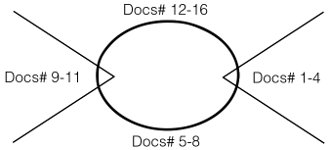Courses
- History of Western Canada
- British North American Colonial History
- Aboriginal History
- Aboriginal Treaties
- European-Aboriginal relations in the second half of the 19th Century
- Primary and secondary source analysis
Were the Douglas Treaties and the Numbered Treaties Fairly Negotiated?
Step 6: Share findings with other teams
When the teams have analyzed their assigned documents, reassemble all the teams for each treaty into three or four new groups by drawing one member from each team to form a group. (In some cases, because of odd numbers in the original teams, some new groups may have two students who have analysed the same documents.) Arrange for students to share their document analyses with their new group members using a placemat strategy. Provide each group with a large sheet of paper. Ask students to draw a circle in the centre with one wedge- shaped space for each group member.

Invite students to use their allotted space on the chart to record the key pieces of evidence from their documents for and against the fairness of the negotiations. Once all students have summarized their ideas, direct each group to write the four agreed-upon criteria for a fairly negotiated treaty in the centre of the circle. Invite the groups to discuss the most significant evidence from each member related to each of these criteria. Explain that students will shortly be asked to reach their own conclusions about the fairness of treaties, but for the time being they are simply to record in the centre of the circle key evidence that the group can agree on for each criterion.





